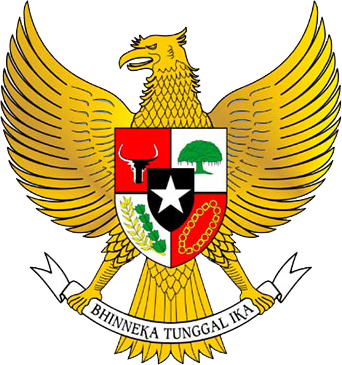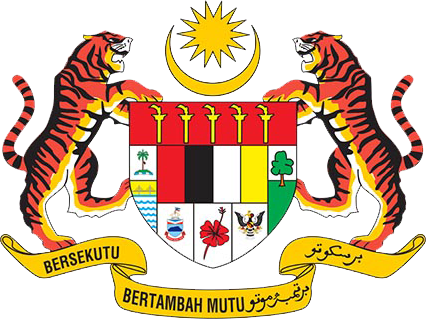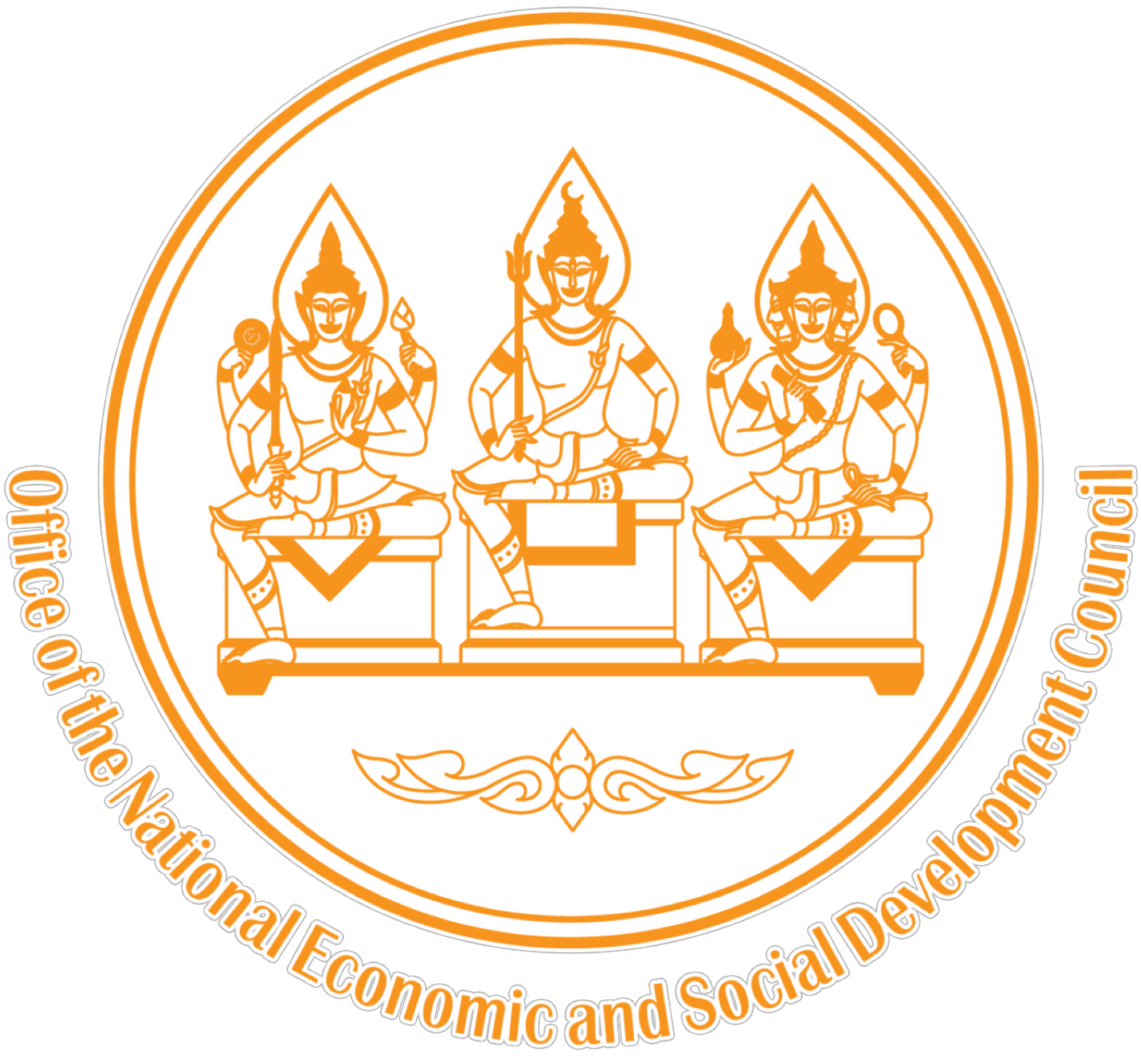MELAKA
STORY ABOUT MELAKA
Lying between the states of Negeri Sembilan and Johor on the West Coast of Peninsular Malaysia, the historical city of Melaka was an important trading post in Malaysia’s early history and attracted Asian, Chinese and Indian traders from the region.
Founded by refugee prince named Parameswara, Melaka rose to become a powerful nerve centre of trade between East and West. Its trade of spice, gold, silk, tea, opium, tobacco and perfumes attracted the the attention of colonial powers from the West and Melaka was later governed at various times by three colonial rulers the Portuguese, the Dutch and the English. Some parts of the city still retain and old-world charm in the legacy of buildings and architecture left by Melaka’s past rulers.
The local population reflects an engaging intercultural heritage of customs, cultural practices, festivals and variety of cuisine. Particular attractions include the Protuguese Settlement, the Dutch Stadhuys government buildings, Porta de Santiago and the Baba-Nyonya ancestral homes in the heart of the city.
Contains modern shopping centres like the Mahkota Parade and is a food and entertainment district. Outside Melaka town, there are a few beaches, offshore islands and the Air Keroh district close to the NorthSouth Expressway which has many recreational theme Parks.
PLACES OF INTEREST
1) The Stadhuys
Situated in the Square, The Stadhuys with its heavy wooden doors, thick red wall and wrought-iron hines is the most imposing relic of the Dutch period in Melaka. Built between 1641 and 1660 it is believed to be the oldest Dutch building in the East. It is a fine example of Dutch mansory and woodworking skills. Painted in salmon red, it used to be the residence of the Dutch Governors. The Stadhuys now houses the Malacca historical, ethnographic and literature museums.
2) History Museum
The History Museum holds some detailed information of Melaka’s history through maps, lithographs, oil paintings and photographs. Authentic historical artefacts left behind by the Portuguese and Dutch and those of the early Chinese and Malays who lived in Melaka hundreds of years ago can be seen here.
3) The Ethnographic Museum
This museum shows aspects of local culture and traditions including displays of the elaborate marriage ceremonies of the various communities.
4) Literature Museum
This is in a separate building adjoining the main complex and contains many old scripts which highlight the Malay literature at the time when Melaka was a prominent power.
5) Saint Paul’s Church
From the Stadhuys, steps lead up to the top of St. Pauls Hill, on which stands the ruins of St. Pauls Church, A Portuguese captain known as Duarte Coelho, built a chapel here in 1521 intending it to become the leading Catholic church in the city. When the Dutch took control, the church was renamed St. Paul’s Church. When the Christ Church was completed in 1753, St. Paul’s fell into disuse and the Dutch turned St. Paul’s Hill into a burial ground for their notable dead. The open grave inside St. Paul’s is where St. Francis Xavier, who regularly visited the chapel, was buried in 1553, before his remains were transferred to Goa in India. A marble statue of Francis Xavier commemorates his internment here over 400 years ago. The church on a hill-top setting has a commanding view. Fine Dutch tombstones can be found in the interior.
6) A’Famosa (Porta De Santiago)
There are steps from St. Paul’s Hill is a wooden replica of a Melaka Sultans Palace which contains the Culture Museum (Muzium Budaya). This building is based on the original 15th century palace from descriptions provided in the Malay Annals. Main exhibits are on Melaka’s culture including clothing, weaponry, stone inscriptions, musical instruments and photographs. There is a diorama depicting the sultan’s court.
7) Proclamation of Independence Memorial
Housed in a British Villa dating from 1912, the museum contains manuscripts, video tapes, films and slides depicting the events leading up to independence in 1957. Once the Melaka Club, a bastion of colonialism, the building features a queer architectural style with is Mogul-styled domes. The 1957 Chevy parked outside was used by Malaysia’s first Prime Minister, Tunku Abdul Rahman, for official functions.
8) Christ Church
At one of the main square near the Stadhuys, is the bright red Dutch Reform church called Christ Church built in 1753 to replace St. Paul’s as the principal place of worship. The pink bricks were brought out from Holland and plastered with local red laterite. The ceiling beams were cut from a single tree and have no joints. The handmade pews are original dating back over 200 years. Above the altar in the central apse is a frieze of the “ Last Supper” in glazed tiles. The brass Bible rest dates back to 1773. The British turned it into an Anglican church and added a weathercock and bell tower, but it still has its old Dutch tombstones laid in the floor.
9) Malaysian Youth Museum
Next to Christ Church in Jalan Laksamana, is Malaysian Youth Museum (Muzium Belia Malaysia). A good example of British colonial architecture, it was formerly the general post office. It displays documents and photographs showing the work of the Malaysian Youth Council and other youth groups.
10) Saint John’s Fort
Built on St. John’s Hill, it was constructed by the Dutch during the third quarter of the 18th century. It was once a private Portuguese chapel dedicated to St. John the Bapist. The fort was designed more to defend attacks from within the town.
11) Maritime Museum
This huge replica of an actual Portuguese seagoing ship, the Flor de la Mar, offers more pictorial details of Melaka’s history. Within are ship models and authentic maps and charts of the times. Old, incredibly heavy iron chests used for precious cargo are also on display.
12) Royal Malaysian Navy Museum
Just across the Maritime Museum is the Naval Museum which has navy memorabilia and equipment used in the days before computers came on board. The museum also houses some salvaged remnants of pottery from the Diana which sank in Melaka in 1817 while on a voyage from Canton to Madras. A salvage operation in 1993 recovered Diana’s cargo which included tons of precious chinaware.
13) Church of St. Peter
This church on Jalan Bendahara contains stained-glass windows and old tombstones. It was built in 1710 by descendants of the Portuguese settlers. The church is mainly noted for the Good Friday and Easter Sunday processions and the San Pedro feast in June in honour of the patron saint of the fishing community. These annual events draw Catholics from all parts of the country. The church is still associated with the Portuguese church in Macau.
14) Melaka’s Chinatown
Melaka’s Chinatown, west of the Melaka River, is a colorful, fascinating area to explore. Within its narrow, winding streets are to be found old-fashioned shop houses, temples and mosques. A mixed residential and trading area, it still retains many reminders of old Melaka.
15) The Baba and Nyonya Heritage Museum
Straits Chinese or the Baba and Nyonya are Chinese of noble descendants who adopted much of the Malay culture. On Jalan Tun Tan Cheng Lock is a traditional 19th Century Peranakan townhouse or ancestral home which has been turned into a small Baba-Nyonya museum. Typical of the rich Chinese Baroque style homes, it is a longish residence with an interior that opens into a courtyard which admits sun and rain. The heavily embellished hardwood furniture is mainly of Chinese rosewood in a mixture of Chinese.
Victorian and Dutch designs. Some pieces have rich mother-of-pearl inlay depicting cherry blossoms, and birds. The pottery is precious Nyonya-ware from Jiangxi and Guangdong provinces in China, specially made to order for the Straits Chinese.
16) Jonkers Street
Jalan Hang Jebat, formerly known as Jonkers Street is known worldwide among-collectors as the place to shop and bargain for antiques. There are many shops here where one can find antiques dating back 300 years. Many shops also have interesting collectibles in the form of eastern relics sculptures, stones, metal ware and pottery. There are also a few furniture shops selling replicated furniture
17) Kampung Hulu Mosque
Right in the heart of Chinatown is one of Malaysia’s oldest mosques, the Kampung Hulu Mosque. Built in 1728 this mosque typifies a unique architectural style which can be found only in Melaka.
18) Kampung Kling Mosque
Also in the Chinatown district is the Kampung Kling Mosque which has a multi-tiered meru roof similar to those used in Hindu temples. The Sumatran and Javanese influences are evident in the watch tower styled minaret. It is the site of the “Mandi Safar” or bathing festival celebrated during the Muslim month of Safar.
19) Cheng Hoon Teng Temple
Founded in 1646, this temple is the oldest Chinese temple in Malaysia and has an inscription commemorating the first visit of Admiral Cheng Ho, the Ming emperor’s ambassador, to Melaka.
The temple, which translated literally means temple of the Evergreen Clouds, is accessible through massive hardwood doors. The roof of the temple is decorated with mystical Chinese creatures made of broken glass and porcelain. Equally ornate inside, the main prayer hall has three altars which give credence to the three doctrines of Buddhism, Confucianism and Taoism. The materials for the construction of the temple and the artisans were brought from China.
20) Sam Po Kong Temple
Right at the foot of Bukit Cina, this temple is dedicated to the Chinese ambassador Admiral Cheng Ho who was also religiously venerated. The legend goes that on one of his trips from China, Cheng Ho’s ship sprung a leak and a fish known as Sam Po Kong got stuck in the hole and sealed the hole. Hence, when the temple was built in 1795, it was named after the fish.
21) Bukit Cina and Hang Li Poh’s Well
In the middle of the 15th century the Ming emperor’s daughter, Hang Li Poh was sent in marriage to Sultan Mansor Shah to seal relations between the two countries she bought a vast retinue, including 500 handmaidens. Bukit Cina, a gift from the sultan, was established as their residence hang Li Po’s well which is next to the Sam Po Kong Temple, was constructed by her followers for her personal use and was also the main source of water for much of the town it was a prime target for opposition forces which either poisoned it or tired to hold it for their use. It was reputed never to have dried up even during droughts. Today, the well has acquired the reputation of a wishing well and it is believed that anyone who throws a coin into the well will return to Melaka. Bukit Cina has two adjoining hills which form a Chinese graveyard covering over 25 hectares. With over 12,000 graves and some dating back to the Ming dynasty, it is said to be the largest one outside China.
22) Portuguese Square
Styled after a typical Portuguese mercado, the Portuguese square was built in the late 1980s. here the descendants of the Portuguese and Malay intermarriages 400 years ago retain their own culture and lifestyle. The square is located approximately 3km east of the city centre. It is noted for Portuguese food and cultural dances. Local cultural shows like the Portuguese, Malay, Chinese and Indian dances are performed here every Saturday evening. A typically Portuguese fishing village of kampung surrounds the square.
23) Tranquerah Mosque
Located in Tranquerah, an area of interesting residential houses, along the road towards Port Dickson, this 150 year old mosque has a square, multitiered roof of Sumatran design. The mosque is unique because instead of minarets a pagoda has been built in its palace and the main building is in the shape of pyramid. Within its ground is the tomb of Sultan Hussain of Johor who signed the cession of Singapore to Sir Stamford Raffles in 1819.
24) Melaka River
There are daily river-boat tours of the Melaka River at the quay behind the tourist office, where bookings can be made. The 45-minute trip passes through the downtown area where you can see old godowns and fish markets. It also takes in Kampung House known as the Villa Sentosa. The return trips takes in the wharves down river. Boats trips can also be made to the offshore islands in the Straits of Melaka.
25) Air Keroh Road
About 15km north of Melaka heading towards the North-South Expressway, the Air Keroh district is one huge recreational theme park with several attractions along the long stretch of road it is popular with Malaysia and Singaporean visitors on weekends. There are various shuttle services from city hotels and a regular bus service to the area.
26) Air Keroh Recreational Park
This secondary jungle area about 1km from Melaka town is partially landscape and has paved trails, picnic areas, a forestry museum and an Orang Asli Village. Here the visitor can enjoy outdoor activities like trekking, camping and picnicking. Huts and cabins are available for rental. There are also tree-tops houses, barbecue facilities and playgrounds.
27) Melaka Zoo
Melaka Zoo is one of the best to be found on the peninsula. It has a good collection of wild and domestic animals in their natural surroundings and habitats. It is well landscape and has managed to blend the artificial and the natural harmoniously. Visitors can ride on the elephants and donkeys and recreational facilities are available for families.
28) Melaka Reptile Park
This park occupying about three hectares accommodates more than 1000 snakes including those that are poisonous and indigenous to Malaysia. There are also the rare yellow cobra and a white snake. Other attractions include a rabbit garden, a tortoise and a Japanese carp pond and mini snake pond.
29) Mini Malaysia Park and Mini Asean Park
This theme park has examples of traditional houses from all the Malaysian States and other ASEAN countries Each house contains a few handicrafts and wax mannequins in traditional dress representing the region. There are cultural shows on weekends.
30) Melaka Crocodile Farm
This farm has about 100 crocodiles of different species displayed in tanks and enclosures. Attractions include albino crocodiles and hunch-backed crocodiles. There is also an apiary, a ghost house and fairground rides.
31) Butterfly Farm
Also on the Ayer Keroh stretch is a pleasantly landscaped butterfly farm which contains a reptile enclosure. Besides the 200 species of butterflies there are a variety of snakes, scorpions, lizards and spiders. One of the biggest netted butterfly parks and insect gardens in the region, the farm contains the famous Raja Brooke and Birdwing species. A museum on its grounds displays over 400 insect specimens
32) Gadek Hot Springs
Gadek Hot Springs is about 25km outside the town on the road to tampin. The sulphuric water found here is believed to be good for curing some skin diseases. There are handicraft shops and playgrounds in the area.
33) Hang Tuah’s Well
On the road to Muar at Kampong Duyong, about 4km from Melaka town, is sacred well known as Hang Tuah Well’s. Hang Tuah was a famous Malay Warrior who lived during the region of Sultan Mansor Shah. His courage and exploits were legendary. Locals believe that the well is the abode of Hang Tuah’s soul which takes the form of a white crocodile. The story goes that only the spiritually pure get to see the crocodile. There is a belief that the water has medicinal value and gives luck to those who drink it Hang Tuah, was buried in a mausoleum in Tanjung Kling, 15km from town.
34) Dol Said’s Stones
Dato Dol Said, the ninth ruler of Naning figured prominently in the Naning War against the British in 1931. He defiantly opposed the imposition of tax on the district by the British and showed outstanding military ingenuity in outsmarting the invading forces on two campaigns. He was buried here at Taboh Naning, about 32km from Melaka town.
35) Megalithic Stones
There are over 90 separate sites of these huge stones which are mostly found in Alor Gajah and on the road to Tampin. They form part of a large cluster which spreads into Negeri Sembilan and have been in existence to the stones and some stones are revered. In some places, the locals say that the stones “grows”
36) Tanjung kling/Pantai Kundor
Tanjung Kling is a coastal town about 10km northwest of Melaka with numerous condominiums and hotels situated all along the coastal road. It is are regular weekend retreat for eating out and relaxation. Pantai Kundor is about 2km further down. It has a nice beach with a good stretch of white sand.
37) Tanjung Bidara
Tanjung Bidara beach is about 20km north-west of Melaka. It offers a quiet, restful beach area tucked away from the main road with food stall s and bathing facilities
38) Pulau Besar
Pulau Beasr about 13 nautical miles off the mainland and 10 miles from Melaka Port is a popular weekend retreat. The islands has a few historic graves and reminders of the Japanese occupation. But most people come here for the clean waters and to enjoy the greenery of the hilly island. Here there are ample opportunities for swimming, fishing, snorkeling, golfing and camping. Pandanusa Resort on Pulau Besar which has an 18-hole golf course can be reached by boat from Umbai jetty, 10km southeast of Melaka of from harbourmaster’s jetty in Melaka town.
39) Pulau Upeh
Closer to Melaka, Pulau Upeh is another weekend retreat where a swim and taking in the sun is the main recreation chalets are available at the Upeh Island Resort The Island abounds with legends and is a sanctuary for the Hawksbill Turtle.
40) Ayer Keroh Golf and Country Club
Situated about 14km from town, the club has one of the country’s best 18-hole golf courses with a challenging terrain bounded by lakes and rain forests.
SOURCE:
- Image: https://www.malaysia.travel/peek-into-malaysia/wander-your-way/the-historical-city-of-melaka
- Info: IMT-GT Tourism Book by Ministry of Tourism and Sport Thailand





